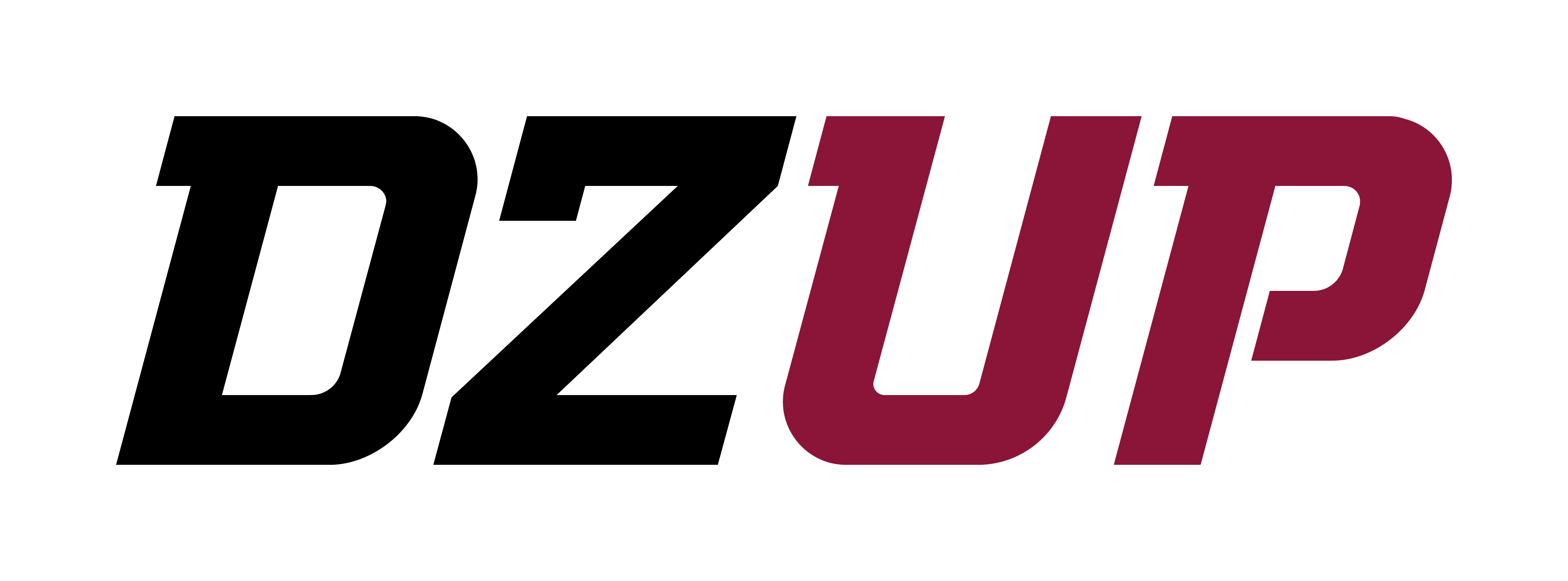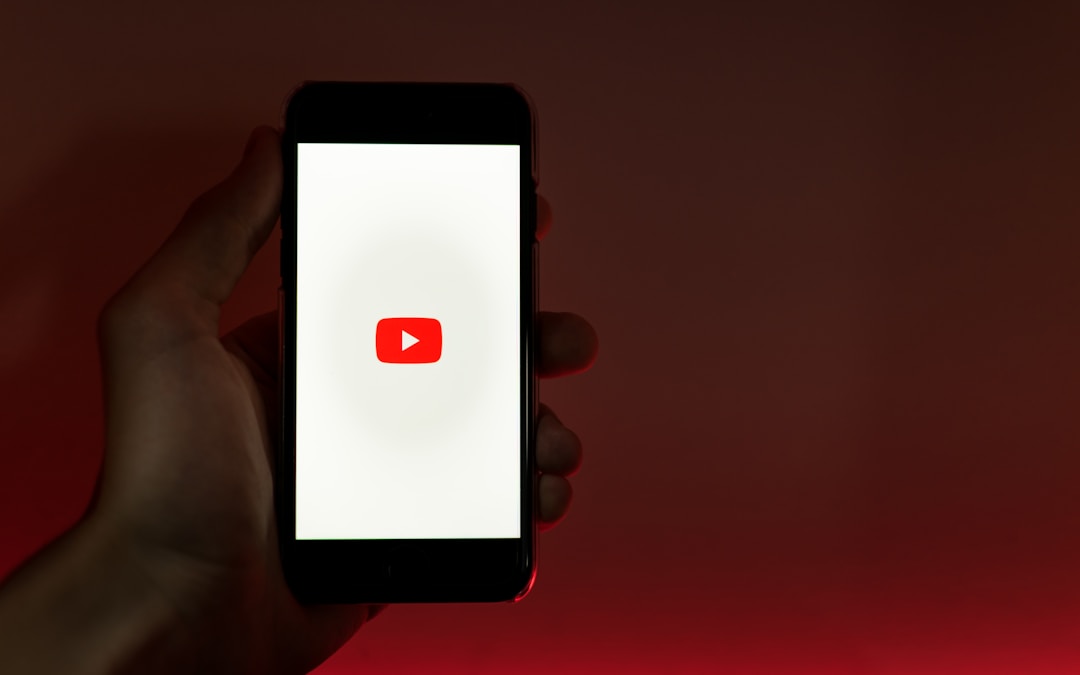As part of their look into how the digital landscape is playing into the 2022 National Elections, the Philippine Media Monitoring Laboratory (PMM) noted the rise of hyper-partisan YouTube channels.
The PMM, an initiative ng UPCMC Department of Communication Research, revealed this during the first of a series of livestreamed talks where they’re releasing the Phase 1 findings of their Digital Pulse Project. This first talk, livestreamed on Wednesday, January 12, 2022, focused on YouTube and how the video-sharing platform is being used in the lead-up to the 2022 elections.
The PMM’s findings on the YouTube component of the Digital Pulse Project were presented by Assistant Professor Fatima Gaw.
The importance of YouTube and its algorithms
In her presentation, Gaw noted that YouTube has become important in the Philippines, not just as a new, primary source of news, information and commentary, but also for the construction of political knowledge.
The network itself is now one of the most influential in the country, with 54 million users.
She noted that many other researchers have identified the network as a “political influencer.” Others have noted that the network cultivates “epistemic communities” that favor “ordinary experts” over institutional knowledge, expertise and scholarship.
This has made it a network of convergence, where “the old media meets the new.”
Gaw also detailed how YouTube recommends videos to users through a set of algorithms. These take note of what a user is already watching and, through the use of tags, keywords, categories and other criteria, recommend other videos and channels that cover similar topics and have similar views.
Simply put, YouTube’s recommendation algorithm will recommend videos to a user that are similar to what they’re already watching. This means that channels that can identify popular topics, keywords and categories are able to get their videos recommended to more people. Beyond that, once people have watched such a channel’s videos, the algorithm will recommend more videos from the same channel or similar channels.
If there’s one type of channel that has been able to take advantage of YouTube’s algorithm over the past year in the lead-up to the 2022 elections, it has been hyper-partisan channels. These channels are usually affiliated with the Duterte administration and often present themselves as providing an “alternative” source of news from more mainstream media sources.
Charting the rise of hyper-partisan YouTube channels
The rise of these hyper-partisan channels was noted as part of the PMM’s efforts to analyze how YouTube may be influencing the 2022 Elections. To do this the PMM researchers generated election-related keywords to get YouTube to recommend videos to them. They then used these keywords as “seed” videos to collect more video recommendations to map out the recommendation network.
With this data, they then conducted a network analysis to map the structure of the network, identify influential channels and analyze algorithmic communities.
This process was started in May of 2021 and is still ongoing.
From the data they collected, PMM researchers noted that traditional news media remains to be the key source of news and political information related to the 2022 election, even on YouTube. However, these hyper-partisan channels that, as previously mentioned, guise their content as “news” or informational, have started to gain influence. Most noteworthy are channels associated with or supporting presidential aspirant Ferdinand “Bongbong” Marcos, Jr.
At first, near the start of the period covered, it was channels associated with President Duterte that had gained traction. These had done so by attacking the President’s opponents and siding with him during key moments, such as the PDP-Laban split early last year.
Bongbong Marcos-aligned channels, however, started expanding their reach during the second quarter of the research period (August to October 2021). The research shows that these channels did this by algorithmic cultivation of YouTube communities.
These channels used the algorithm to get their videos recommended to those watching traditional news media. At the same time, their use of the algorithm meant that the exposure of channels that echoed the views in their videos was maximized.
At times, these channels are even able to game the algorithm—creating videos simply to get views and follows that they then delete at a later date—preventing the videos from being scrutinized.
Traditional news media is seen as less “relatable”
But the efforts of these hyper-partisan channels alone aren’t enough to explain their rising influence vis a vis traditional mainstream media.
The PMM study’s data also shows that the latter tends to be detached from other algorithmic communities. This is despite it being composed of the largest community of actors in the network.
The hyper-partisan channels, on the other hand, are seen as more “amateur” and “DIY” in nature, factors that make them seem more “relatable” to viewers on YouTube.
At the same time, there exists a strong complementary relationship between “official” sources and the hyper-partisan channels. Combined with the perception of these channels as being more “relatable,” the political agendas of these sources become much more personally and culturally relevant.
YouTube is playing an important part in the 2022 elections
Based on the results of the study, Gaw and her team state that YouTube is already playing an important part in the 2022 elections.
YouTube channels and creators wield power not from any inherent political capital, but rather from their accessibility and reliability. They can translate politics into forms that are accessible and relatable to Filipino voters, especially those disenfranchised from mainstream electoral discourse.
But these also lack the accountability associated with traditional news media—something that many voters who follow these channels may not be aware of. Political campaigns can be presented as organic and community-led through these channels, manipulating the public perception of support for a candidate.
At the same time, gaming the YouTube recommendation algorithm allows these political campaigns to create an “echo chamber” where viewers are only exposed to hyper-partisan channels supporting them.
The question now is what traditional news media can do to counter the rise of hyper-partisan channels as well as maximize the power of YouTube in the way these channels have. Whether or not traditional media can find an answer to this may be one of the key factors that will affect the outcome of the upcoming elections. DZUP

